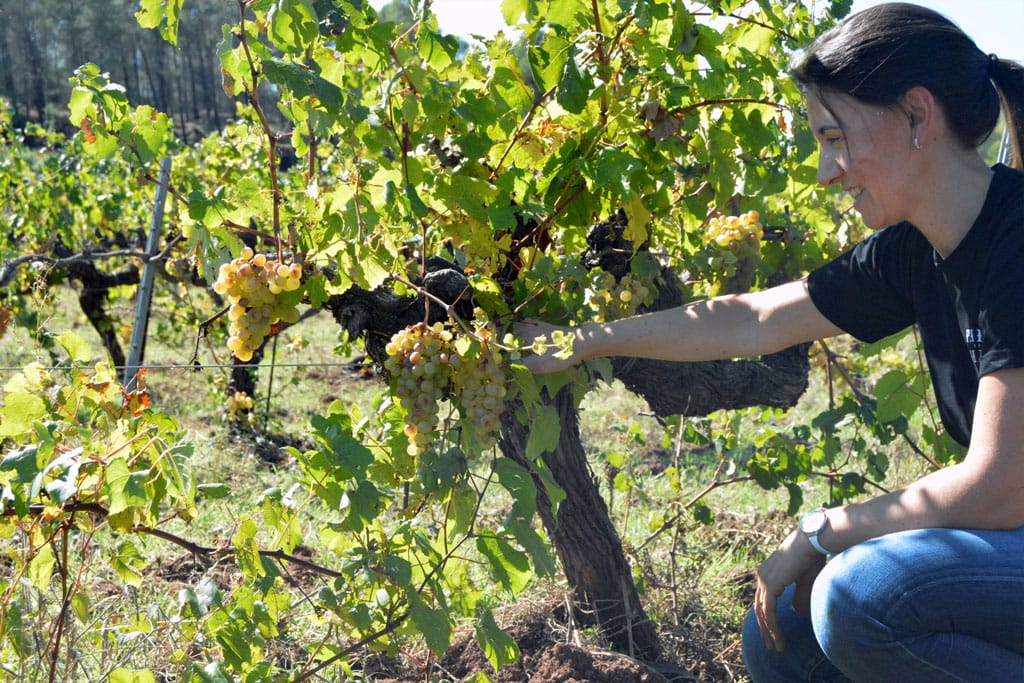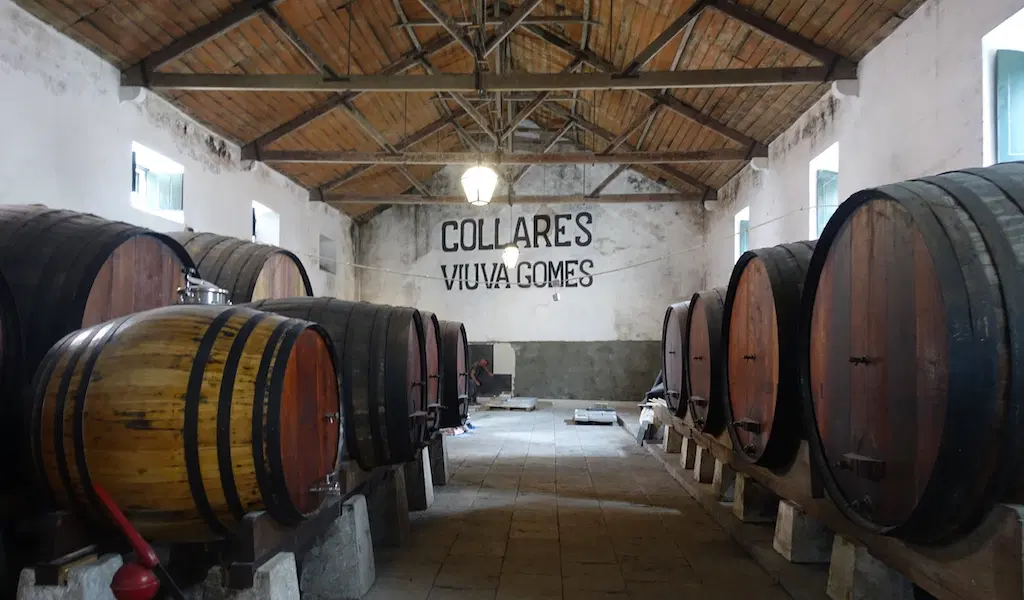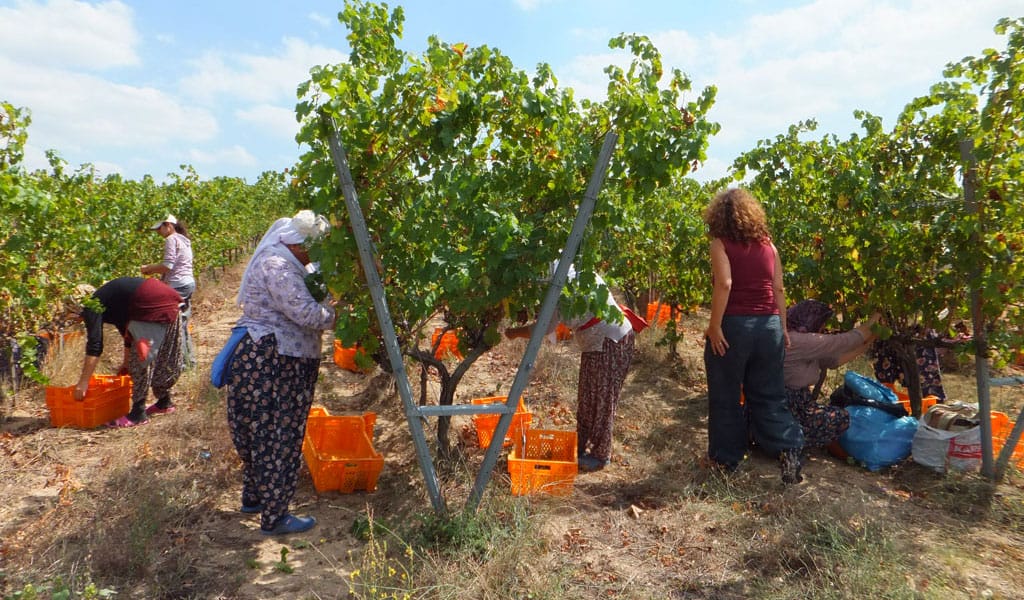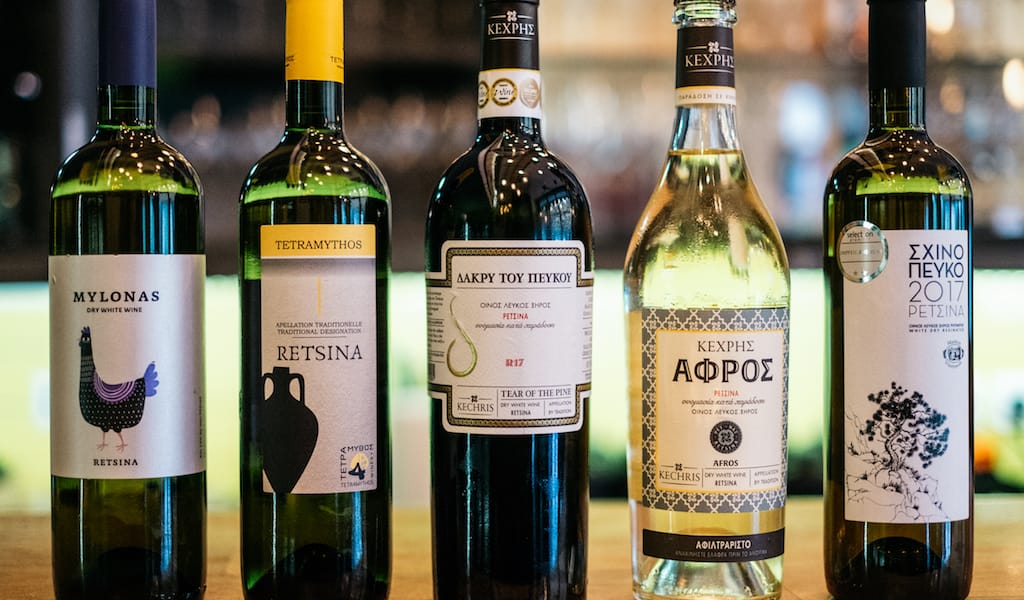Wine and health: that was the prevailing philosophy of Joan Cusiné Hill, who in 1978 took over Parés Baltà wines, produced in Penedés, the land of cava.
Cusiné Hill, who had already started working in viticulture at the age of seven, applied this philosophy first to himself – to what he ate and drank, to exercise, always with his focus on discipline and his vision. But he also applied it to his vineyards, using natural fertilization methods that included walking his sheep among the vines so that they could eat the grass and planting vines in the middle of the forest in an effort to harness the power and energy of those natural surroundings. He also worked to revive old indigenous grape varieties that had flourished before the phylloxera devastation of the 19th century, planting grenache when everyone else in Penedés planted only the cava varieties xarel·lo, perellada and macabeu. Farming organically, recovering indigenous grapes and cultivating old viticultural land are now trendy throughout Spain.
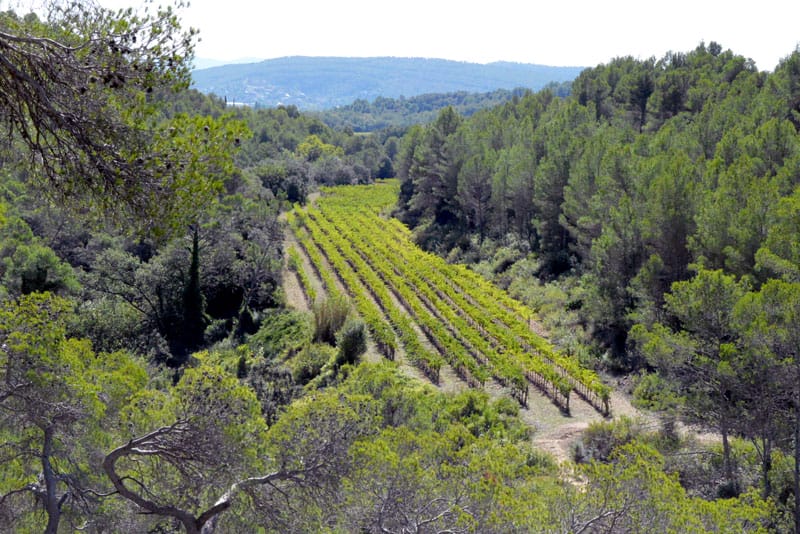
Joan Cusiné Hill had a powerful, long-term vision indeed. His philosophy was further developed by his son, Joan Cusiné Cusiné, and then in the 21st century by his grandsons, Joan and Josep Cusiné Carol, who now direct the company, and their wives, the enologists and technical directors Marta Casas and Maria Elena Jiménez. The family’s approach is holistic, treating the land, vines and wine as a whole living system and combining modern and traditional methods, along with organic and biodynamic practices. They don’t proceed blindly, however: they rely on observation and experimentation to address the needs of the vineyards and wines.
Parés Baltà is a great example of a continuing trend in Catalonia, where the highest increase in organic wine production in Spain has taken place in recent years: 10,450 hectares – 19 percent of Catalan vineyards – were farmed organically in 2015. Much of it is concentrated in the D.O. Alella (a designation of origin in Barcelona province) and D.O.Q Priorat (a designation of even higher status in Tarragona), followed by D.O. Penedés (Barcelona). Some of the most traditional and best-known cellars are transforming their lands to make organic wine using natural agricultural methods, bottled with the lowest possible addition of sulfites.
The family’s approach is holistic, treating the land, vines and wine as a whole living system, combining modern and traditional methods
All these efforts – some of which may seem extreme, possibly even crazy – are not just for the bottom line. They are the result of a profound devotion to the land as a living system whose health must be naturally maintained to avoid sickness, as well as of the desire to achieve ever higher quality wines that are a clear expression of their terroir.
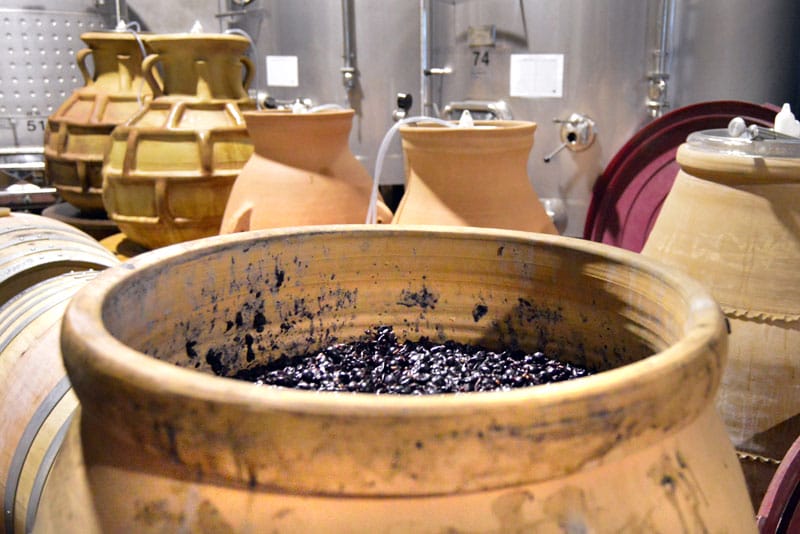
Prior to the 1970s, Parés Baltà produced mostly cava, and in the decades following Joan Cusiné Hill and his son made mostly bulk wine from the area’s basic three or four grape varieties. Today, the third generation produces around 20 different wines of varying complexity from 18 different grape varieties planted in vineyards at a range of altitudes and exposures and placement, from valleys to mountainside terraces that are hundreds of years old. At the end of September, the last grapes harvested from the highest vineyards were brought in, and most of the wines are currently undergoing fermentation.
Besides cava and the original old-style young wines called Origins, which are easy to find in wine shops all over Barcelona, Parés Baltà also makes more modern wines under the label R-Evolution. These include bottlings of indigenous varieties and some special coupages vinified using different fermentation systems – macerated in their own lees or with bâtonnage, for example – and usually aged in oak. But the best comes in microcuvées, a very limited production of fewer than 500 bottles, all singular, exceptional or experimental wines made in special ways: aged in Allier oak barrels, fermented in open French or Hungarian oak barrels in the pigeage process or fermented in amphorae made by a local artisan from clay extracted directly from the land around the vineyards – land where the ancient remains of primitive Iberian colonies were recently found.
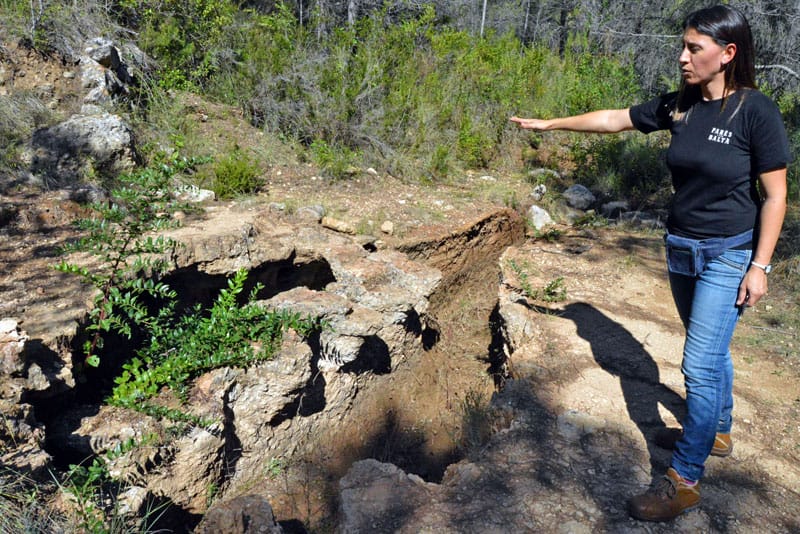
Nothing here is arbitrary; everything is connected. The sheep are still around, eating grass in the vineyards after harvest and fertilizing the soil at the same time. Just as important are the bees and the wild boars in the forest. As Casas says – and as Joan Cusiné Hill believed – the land, animals, minerals, herbs, vines, wine and people… everything is part of the same living organism.
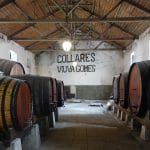 September 14, 2018 CB on the Road
September 14, 2018 CB on the Road
They withstood the phylloxera and the strong Atlantic winds, and are slowly fighting […] Posted in Lisbon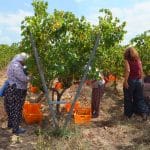 October 5, 2019 Wine Harvest Week
October 5, 2019 Wine Harvest Week
Zeynep Arca Şallıel had a successful career in advertising in Istanbul, but in 1995 she […] Posted in Istanbul April 17, 2019 Retsina
April 17, 2019 Retsina
Retsina has a bad rap. Many locals and foreigners associate this Greek classic with […] Posted in Athens
Published on October 13, 2016
Related stories
September 14, 2018
LisbonThey withstood the phylloxera and the strong Atlantic winds, and are slowly fighting back against urban expansion, so it’s no surprise that a glass of wine made from grapes grown in Colares tastes like no other. The smallest wine region in Portugal, Colares is also probably one of its most distinct. Located on the coastline…
October 5, 2019
IstanbulZeynep Arca Şallıel had a successful career in advertising in Istanbul, but in 1995 she decided to take on a daunting new challenge: taking part in the revival of small-scale viniculture in the ancient winemaking region of Thrace.“I wanted to do something with soil, something that mattered a little bit more,” she says. Her father…
April 17, 2019
AthensRetsina has a bad rap. Many locals and foreigners associate this Greek classic with cheap “house wine” served at tavernas – you know, the stuff that is bright yellow in color, has an intensely resinous flavor and practically guarantees a headache the next morning. But we think retsina is just misunderstood. Increased demand in the…







































